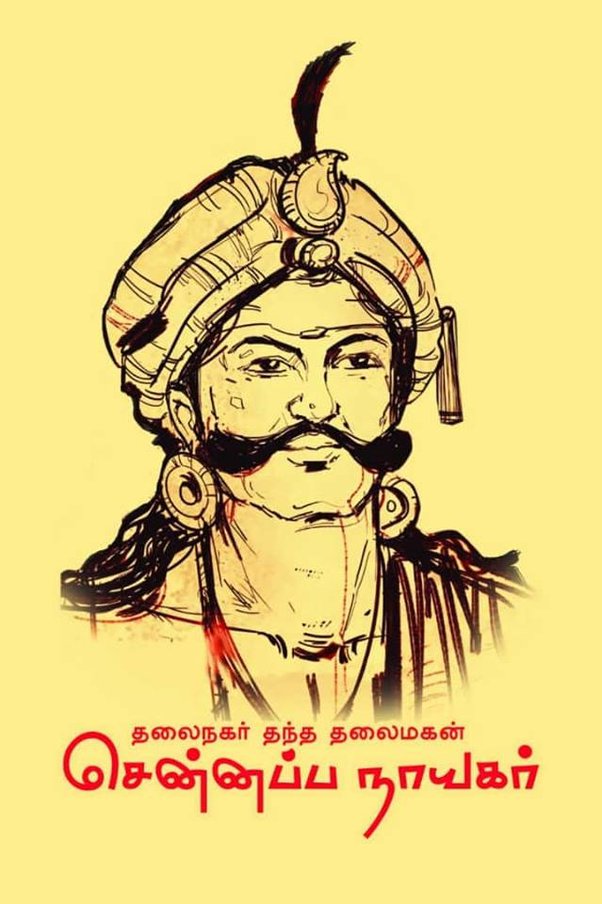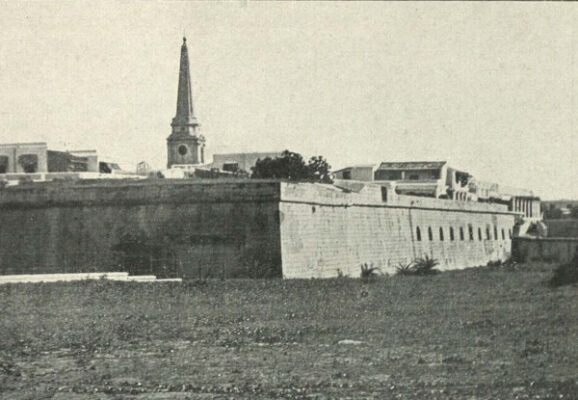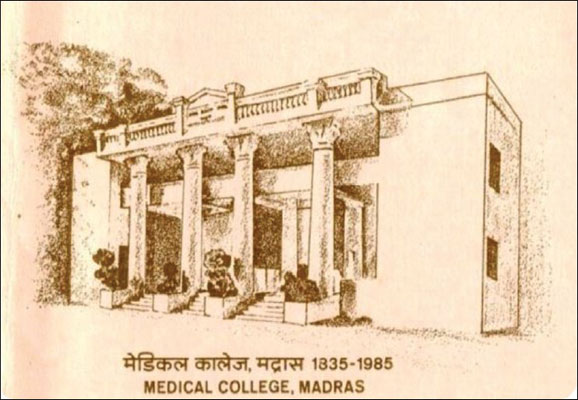
Culture of Chennai
.
The Chola reign in Tondaimandalam was put to an end by the Andhra Satavahana incursions from the north under their King Pulumayi II. They appointed chieftains to look after the Kancheepuram region.
Bappaswami, who is considered as the first Pallava to rule from Kancheepuram, was himself a chieftain at Kancheepuram under the Satavahana empire in the beginning of the 3rd century A.D., The Pallavas who were until then mere viceroys, became independent rulers of Kancheepuram and its surrounding areas.


Pallavas held sway over this region from the beginning of the 3rd century A.D.to the closing years of the 9th century except for the interval of some decades when the region was under the Kalabharas. Pallavas were eventually defeated by the Chola under Aditya-I by about 879 A.D. and the region was brought under Chola rule. Pandya’s under Jatavarman Sundara Pandya rose to power and the region was brought under Pandya rule by putting an end to Chola supremacy in 1264 A.D.Pandya’s rule over this region lasted a little over half a century followed by Bahmini kingdom with the extension of Delhi Sultanate under Khilji dynasty especially under the rule of Alauddin Khilji, a pioneer of all revenue works.
During 1361, Kumara Kampana II, the son of Vijayanagar King, Bukka I conquered and established Vijayanagar rule in Tondaimandalam.The Vijayanagar rulers appointed chieftain known as Nayaks who ruled over the different regions of the province almost independently. Damarla Venkatapathy Nayak, an influential chieftain under Venkata III, who was in-charge of the area of present Chennai city, gave the grant of a piece of land lying between the river Cooum almost at the point it enters the sea and another river known as Egmore river to the English in 1639. On this piece of waste land was founded the Fort St. George exactly for business considerations.
In honour of Chennappa Nayak, father of Venkatapathy Nayak, who controlled the entire coastal country from Pulicat in the north to the Portuguese settlement of Santhome, the settlement which had grown up around Fort St. George was named after Chennapatanam.
The older area called the Madraspatnam lay to the north of it. Later on, the intervening space between the older northern site of Madraspatnam came to be quickly built over with houses of the new settlers (as the two expanded) and that the two villages became virtually one town. While the official centre of the settlement was designated Fort St. George, the British applied the name Madras Patnam to the combined town. Golkonda forces under General Mir Jumla conquered Madras in 1646 and brought Chennai and its immediate surroundings under his control. On the fall of Golkonda in 1687, the region came under the rule of the Mughal Emperors of Delhi.
Firmans were issued by the Mughal Emperor granting the rights of English company in Chennai. In the later part of the seventeenth century, Chennai steadily progressed during the period of Agency and under many Governors. During the regime of Governor Elihi Yale (1687-92),the most important event was the formation of the institution of a mayor and Corporation for the city of Chennai. In 1693, a perwanna was received from the local Nawab granting the towns Tondiarpet, Purasawalkam and Egmore to the company. Thomas Pitt became the Governor of Chennai in 1698 and governed for eleven years. This period witnessed remarkable development of trade and increase in wealth.
The important events during this period were the blockade of Chennai by Daud Khan and its repulsion and the acquisition of additional suburban villages by the English. Thiruvottiyur, Vysarpadi, Kathivakkam, Nungambakkam and Satangadu were made as a free gift to the English in 1708.

In 1735, Chintadripet was taken over and in 1742 Vepery, Perambur and Periamet were presented to the British. Nicholas Morse was the Governor from 1744 to 1746. The most important event during his time was the outbreak of war between England and France and the consequent struggle for supremacy between the French and the English in South India. Chennai was captured by the French in 1744 but consequent on the treaty of peace of Aix-La-Chapelle, Chennai was restored to the English in 1749.
During his period, Chennai was turned into an important Naval base. Major General Medows became Governor in 1790. The position of the English was made secure in South India. the elimination of other foreign power and settlement of the limits of native territory gave stability and paved the way for an era of commercial development.


This was the progress made in the establishment of institutions for professional and technical education. School of Industrial Art was started in 1850, Civil Engineering College in 1834 and Madras Medical College in 1835,etc. The Madras University was started in September 1857. The Chennai High Court was created in June 1862. The Railway Company in Chennai was formed in July 1845. the first construction work began on 9th June 1853 and in 1858, South Indian Railway was formed having Chennai as the Railway Headquarters. Lord Hobart who was the Governor from 1872 to 1875 initiated Chennai Harbour project. The Congress party came to life during the period 1881-90. The Indian National Congress held its session in 1887 at Chennai.
The First Governor of Chennai in the 20th century was Lord Ampthill (1901-06). Sir Arthur Law-by was the Governor from 1906-1911 and Lord Pentland from 1912-19. The important Landmarks during this period were the establishment of Chennai Electric Supply Corporation in 1906 and opening of Indian Bank in 1907.
Chennai, yesterday’s Madras, remained under the influence of many great dynasties like the Pallavas, the Cholas, the Pandyas and the Vijaynagar Empire. From just being a fishing village known as ‘Madraspatnam’, the city became one of the most important city of the country, though slowly and steadily. The credit for establishment of the city goes to Francis Day and Andrew Cogan who began factory-cum-trading post in Chennai for the very first time in 1639.
It all started with the Portuguese, who came here in 1522 and constructed a port known as Sao Tome, after the Christian apostle, St. Thomas. Then in 1612 came the Dutch, who settled near Pulicat, the northern part of the city, followed by the East India Company. The previous name Madras which was taken from Madrasapattnam was the site selected by the British East India Company for an enduring settlement in 1639. This conurbation was set up by the two merchants of the East India Company, Francis Day and Andrew Cogan, to establish the factory. Besides this, a colony was built to serve as the headquarters, which got completed on 23rd April 1640, also known as St George’s Day, and hence it was called as St. George’s Fort. Later on, the province was formally called as the George Town which included various over-crowded streets with particular businesses, serving the British.
In 1746, the city together with the George Fort came under the supremacy of the French, under General La Bourdonnais, the Governor of Mauritius, who attacked the town and the suburbs. But, again, in 1749, the British took back the city due to the Pact of Aix-la-Chappelle. This area was then bastioned by the British so that no other realm could invade the city. Thus, the British successfully established their unquestioned dominance in Chennai. By the late 18th century, they conquered most of the provinces nearby Andhra Pradesh, Tamil Nadu and Karnataka and also established the Madras Presidency. Thus, at the time of British rule, Chennai appeared as a leading urban location and naval base. With the emerging of the railways in late 19th century in Tamil Nadu, the city got connected to many important states and their capitals, impeding communication and business with them, together with the neighboring cities.
When India got independence in 1947, the city was declared the capital of the Madras State, which was renamed as Tamil Nadu in 1969. From 1965 to 1967, the city served as a crucial stand for the Tamil protest against imposing Hindi language. It also faced some political hostility due to the racial conflict in Sri Lanka, at that time, powerful measures were taken against it. Consequently, till now, Chennai has not faced any big terrorist activity. In August 1996, the name of the city was changed from Madras to Chennai by the state government at the time, when many other cities also got renamed. With all this to back the city, it can be said that Chennai possesses an affluent historical legacy which provides an unfathomable magnificence to the city.
The information provided here is available from many offical websites, but the users are advised to verify information with the respective Departments, before using the information provided.
The website or author is trying for correctness, completeness or quality of the information provided.
Any liability claims regarding damage caused by the use of the information provided will therefore be rejected.
